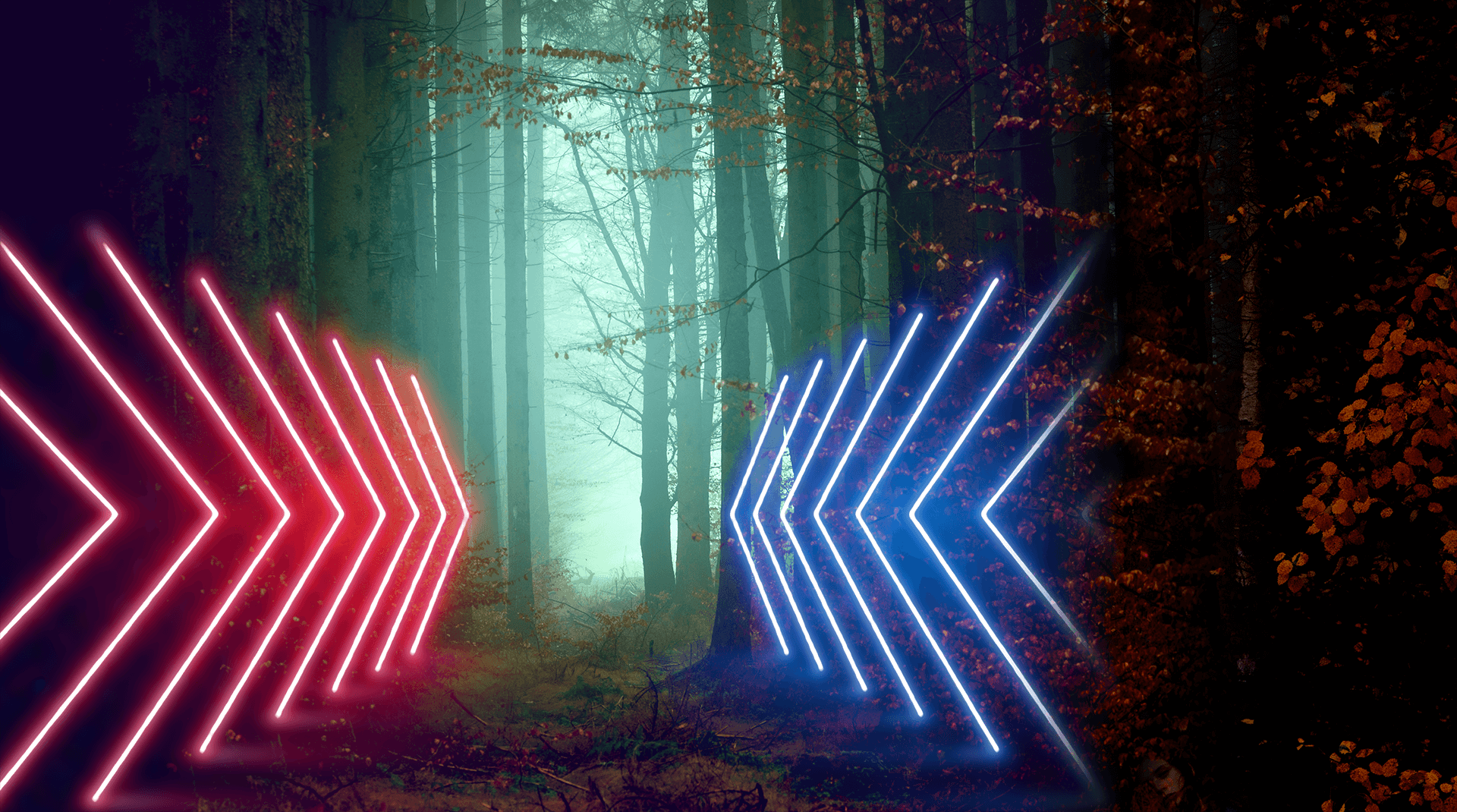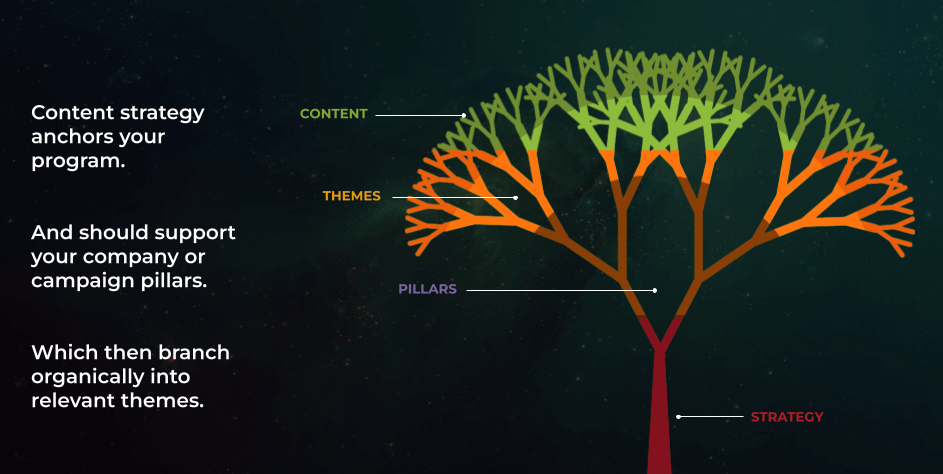Escape the content grind
Chief Strategist
If you work in content marketing, chances are you’re familiar with the “content grind.” The constant search for the next idea that will engage audiences and help internal stakeholders meet their marketing goals. And the scramble to do it at scale, over and over, ahead of the next deadline.
Maybe there’s a different way to think about content creation. One that allows you to slow down and go fast. That could pull you out of the grind, make the process easier and help keep those ideas flowing.
The first rule of content: People don’t read content
The great copywriter Howard Gossage once remarked: “People don’t read ads. They read what interests them. And sometimes it’s an ad.”
Because we live in a world flooded with content, his words might be truer today than ever. Gossage reminds us that the goal is to be interesting. Or, more specifically, interesting to our audience.
How do you create the thing they want to read? The thing they’ll want to watch more than once? The thing they’ll share?
The answer, to put it simply, is this: Give them a story they want to be in.
Powerful, relevant content ideas live at the crossroad between the world of the audience and the world of the brand.
What’s true for your audience?
What’s true for your brand?
When you connect those two, you’re in that sweet spot where ideas start to come as freely as leaves landing on your lawn in autumn. The headlines, topics and tactics should flow down on gusts of wind.
Great. But how do you get there?
Get off the assembly line, and go find your brand
Our audiences can often be easier to understand than our brands—at least from a narrative standpoint.
But there are two characters in this tale. If your brand’s point of view isn’t as clear as the audience’s, you’ll never be able to answer: What story is the audience part of when they interact with you?
It’s not easy. But doing the work is much less painful than grinding, guessing and racing.
Step away from that content assembly line for a moment and ask yourself:
- What does your brand see that no one else sees?
- How did it all start?
- What drove you to become what you are? What
values were at stake?
Interesting answers to questions like these can be a springboard to uncovering key brand character traits. And that new understanding of your brand will reveal new insights on where you could be focusing your energy and your voice.

.
Ideas really do grow on trees
Imagining a different metaphor is one good way to see differently and uncover ideas hiding in plain sight.
So often, the industry conceptualizes content marketing as a machine, focusing on output and schedule, using the language of well-oiled gears, cogs and pipelines.
But we’re not seeking the machine of your brand. We’re trying to define the nature of your brand. Which is why we like to lean toward nature.
If you think about it, an ideal content program is like a great and wonderful tree. Healthy roots, strong trunk, branching possibilities and flourishing with life.
A single leaf, or piece of content, is worthy on its own—each advancing the narrative that the brand and audience are part of. But when we step back and view the tree in its entirety, we see the brand as a whole. Every leaf connects to branching themes, is grounded in purpose and has a substantive point of view.
Content and brand are connected from root to leaf, all of it seemingly effortless and self-renewing.
Try mapping your current content program onto a tree like the one pictured above.
What’s missing?
- Could you branch out to expand on an existing theme?
- What needs to be pruned?
- Are your strategies built to support the story you and the audience share?
- Is there space to organically include your product pillars?
- Where is there opportunity to learn or gather new insight so that your old, fallen leaves can nourish strategies for new content?
The tree model has many advantages. Ideas will move more swiftly through concept development and client approval because there is alignment and confidence that even branching ideas will prove true for the brand and relevant to the audience.
There is a change in the tone of the development process as well. Rather than guessing and hoping to please internal stakeholders and the external audience, you’ll find a calm that comes with speaking from a place of truth. It becomes hard to put a wrong foot forward.
You can plan ahead, knowing that each piece of content supports your content pillars, matters to your audience and threads back to your brand. Even brand reviews and compliance rounds become simpler. All parts of the tree move together on the same breeze.
What makes content worthy of publishing?
One symptom of the content grind is the compulsion to constantly publish. Despite the fact that audiences increasingly tune us out, the only answer to their indifference seems to be churning out evermore content. Perhaps we need the prudence of a tree—allocating energy toward good content at a pace that is in tune with audience needs rather than industriously manufacturing more clutter.
When content is bound to the story you and your audience share, there is less need for volume. There is more time for craft, strategy and better collaboration across departments. You may have your own SEO goals that require more content volume, but your audience doesn’t. They need only what is interesting or helpful to them.
Make your content worthy of their attention. Add a little humanity to their day. Make it worthy of your brand. In its own small way, it should provide continuing proof of your brand’s place in the world.









